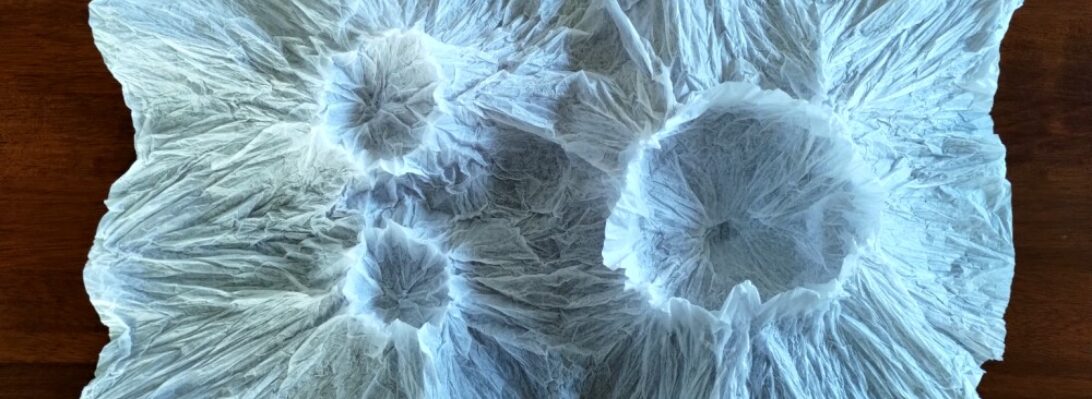Things have been busy, lots happening in the real world so it is sometimes nice to get lost in a fold or two:

This lovely fully 3D skull, designed by Naito Yukata and wrangled from a 3:1 rectangle has been quite a journey.
The pre-creasing was fiddly but laid in landmarks that then aided the staged collapse. I found it easier to collapse parts of the model separately, then open the sheet back out to do the next section, laying in the final resting creases as I went – this meant that the “all at once collapse of the top part of the skull was easier.
The teeth introduced a lovely layered pleat structure I had not seen before and the overall shaping is a bit of an art I think.
Continue reading





















